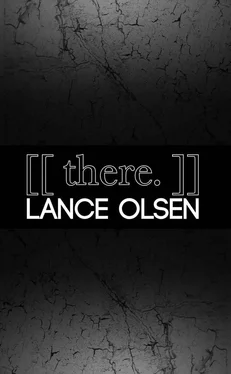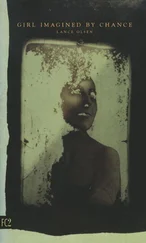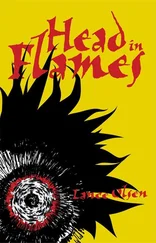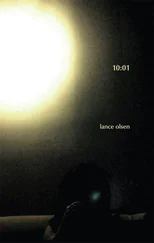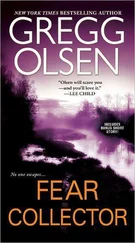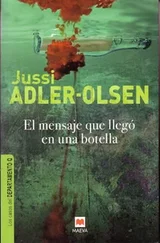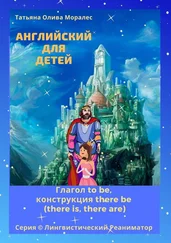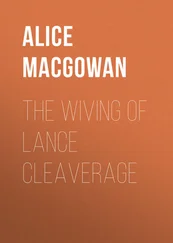Give us a bedlam of stars in the night sky and we will birth Andromeda, Draco, Virgo.
:::: Here is the difference between the arts in the United States and Europe. In the States, the worth of said arts is measured by their non-figurative value — by how much cash the cow can make. In Europe, governments subsidize music, writing, drama, dance because a different system of value is at work, one that evinces the deep-structure assumption that arts are the heart of any flourishing culture and thus must be maintained at any cost.
:::: To grasp the history of the arts in the U.S., ask yourself how much the Guggenheim Foundation, founded in 1925 by Olga and Simon in memory of their son, has donated to date, then ask yourself the same about Bill Gates and Steve Jobs, regardless of the latter’s advertising campaign about thinking differently.
In America, innovation is the thing you do to maximize your profits.
:::: Another way of spelling this out: the current budget for military bands in the States is about $500,000,000. The current budget for the entire National Endowment for the Arts is $154,000,000.
:::: Libricide : literally the killing of books.
:::: If you cut through the main exhibition at the Hamburger Bahnhof’s Museum for the Present, cross into the sparsely populated hallways and rooms that once functioned maybe as storage facilities at the once train station, you will eventually arrive at a blacked-out glass door tucked into an easy-to-miss corner.
Step through, and you’re inside Bruce Nauman’s installation Room with My Soul Left Out —a hangar-sized gray expanse dimly lit by two rows of high filthy windows and a few yellow light panels. Before you lie three narrow dark corridors, two crossing horizontally, one vertically. On the shadowy black floor far beneath the grating covering the latter so that viewers can walk over: perhaps an origami bird and figure of a human with arms outstretched, each a couple inches in length. It is impossible to tell for sure.
The whole thing feels uncannily empty, black, bare, like descending that enormous spiral staircase in Danielewski’s House of Leaves and trying to reckon your way among the infinite featureless cubicles at the bottom, their walls the color of Borges and cinders.
:::: This is not for you , reads the epigraph of Danielewski’s novel about a blind man’s critical meditation on a documentary that can’t possibly exist about a house that’s bigger on the inside than the outside. Will Navidson, the impossible film’s protagonist, cautions: And if one day you find yourself passing by that house, don’t stop, don’t slow down, just keep going. There’s nothing there .
Nothing —not only in the sense of not anything , but also in the Nietzschean one: that big black void beating in the pith of being.
:::: Nauman’s is the only installation I can think of that consciously uses the air itself — here uncomfortably cold, oily, dark — as part of the material of the work, a construction that goes nowhere, teaches zip, embodies the purest form of Freud’s unheimlich : a term that contains within itself heim (home), unheim (not home), and heimlich (hidden, secret).
The unheimlich signifies what we know, yet has been made unfamiliar, a forever being-at-home that is also a never-being-at-home.
:::: Andi and I flew to Zürich, from Zürich to Cairo, and from Cairo to Kampala, where we hired a guide at the Sheraton to drive us eight hours southeast on increasingly narrow, rutted, red-dirt roads into the mountains of Bwindi Impenetrable Forest.
We stayed in a tented camp and at dawn our first morning were joined by four other trekkers (none American), two trackers, and a dozen soldiers carrying machineguns to dissuade the local rebels from taking potshots at the tourist economy. We rode in back of a rickety troop carrier to the edge of a pasture, hiked up a steep trail past thatched huts into brush so dense the trackers had to machete open paths grown over since the day before. Five sweaty hours, and we came across leaf beds marked with reeking humanoid scat. Twenty minutes after that we broke through into a clearing alive with gorillas. Mothers and babies. Young males playing among branches. A pot-bellied silverback reclining sprawl-legged against a tree trunk like an old drunk. It rose languidly, scratched itself, snorted, and bolted forward in a fake charge, halting fewer than 18 inches from my face. I averted my eyes and covered my teeth like the trackers had instructed.
Grunting, the gorilla inspected me meticulously.
Taking in silverback breath was the most stunning 30 seconds of my life. It smelled exactly like
:::: Wunderkammer literally translates as wonder chamber, or chamber of wonders , which comes over into English as cabinet of curiosities —the sort of exhibition that functions both as microcosm of the world and memory theater.
Berlin’s most well known belonged to Joachim II, Elector from 1535 to 1571. It was nearly destroyed during the Thirty Years’ War, rebuilt by Friedrich Wilhelm. It ultimately found a home in Friedrich III’s City Palace — which exited the Second World War a burned-out shell and was leveled by the G.D.R. in 1964 to make way for the imaginatively bankrupt Palace of the Republic, which in turn was demolished between 2006 and 2008 to make way for a replica of Friedrich III’s City Palace that would serve as tourist flytrap.
The Ashmolean in Oxford began as a Wunderkammer, as did the British Museum. The Museum of Jurassic Technology in L.A. is a self-consciously anachronistic iteration of one. Five categories of objects are displayed in them: artificiala (artworks); naturalia (rare natural phenomena); scientifica (scientific instruments); exotica (pieces from strange worlds); and mirabilia (inexplicable items).
The Wunderkammer is designed to provoke astonishment as reward for keeping one’s eyes open.
:::: Innovate , the O.E.D. reminds us, means to change a thing into something new; to alter; to renew (rare after 1750) .
:::: Travel removes one from clock time, from the capitalist insistence that minutes are money, our lives meant to be segmented, regulated, reified. Travel serves as compelled dislocation and temporal smear. When it is no longer that, it is no longer travel: you have arrived somewhere.
The same being the case with innovative writing practices.
:::: In another room on another floor in the Hamburger Bahnhof loops Joseph Beuys’s How One Explains Pictures to a Dead Rabbit , a video of a 1965 performance in Düsseldorf.
Beuys — who volunteered for the Luftwaffe in 1941, was deployed as a rear-gunner in a dive-bomber, and shot down on the Crimean front in 1944—locked out the audience from the gallery before beginning. People had to peer in through the windows if they wanted to see what was going on. Because the video is shot in black-and-white, the honey and gold leaf Beuys has slathered over his head look mucosal, something out of H. R. Giger’s daydreams, transform Beuys into burn victim, a golem. He wanders from painting to painting, whispering to the rabbit carcass cradled in his arms. Sometimes he sets the carcass on the floor, hunches over it, marionettes its legs while holding its head up by nipping the tips of its long ears between his teeth. It is alive. It is dead. It is alive. It is
:::: When, three hours later, the audience was finally allowed into the gallery, it encountered Beuys sitting on a stool at the entrance, rabbit nursed in arms, artist’s back to his admirers.
His gestural exegesis of art’s significance, like Zampanò’s film in House of Leaves , is unimaginable because the idea of explanation remains an asemic act of separation, four minutes and 33 seconds of silence (which announces different systems of noise), a dispatch direct from the hurt locker broadcasting clarification’s nonappearance.
Читать дальше
